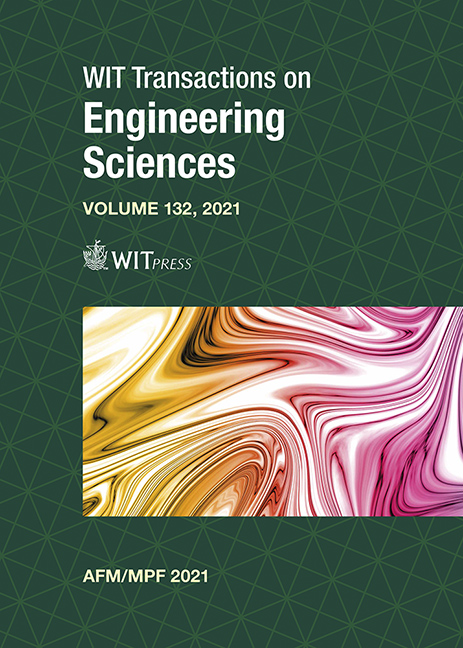CURVATURE AND TEMPERATURE EFFECT ON N-DECANE TRANSPORT IN NARROW CARBON NANOTUBES
Author(s)
ZHONGLIANG CHEN, XIAOHU DONG, ZHANGXIN CHEN
Abstract
Carbon nanotubes (CNTs) are excellent materials for advanced functional nano-elements. They have superior mechanical, electronic, and chemical properties and are widely used in many fields, such as nanomechanics, advanced electronics, biotechnology, and energy. Alkanes transport through CNTs has received widespread attention. This study aims to propose a systematic method to study the coupling effect of curvature and temperature on the n-decane transport through narrow CNTs. The OPLS (optimized potentials for liquid simulations) model and Lennard-Jones potential are used to describe the intermolecular/intramolecular interactions in a typical n-decane/CNT system. All molecular dynamics (MD) simulations are conducted in the NVT ensemble to show the dynamic of n-decane molecules in 1.08, 1.36, and 2.71 nm-diameter single-walled armchair CNTs. The Green–Kubo and Stokes–Einstein expression are combined with the MD simulations to calculate the n-decane/CNT friction coefficient, the n-decane axial self-diffusion coefficient, and viscosity in CNTs. The results show that increased curvature causes the n-decane/CNT friction coefficient to decline rapidly. However, the changes in the axial self-diffusion coefficient and viscosity are non-monotonic. On the contrary, the effect of increasing temperature is just the opposite; that is, for individual CNTs, the axial self-diffusion coefficient generally increases, and the viscosity decreases, but the friction coefficient fluctuates. We also find that the non-monotonic change between the curvature and the axial selfdiffusion coefficient is substantially temperature-independent. An increase in temperature has a positive effect on the axial diffusion of n-decane molecules. However, when the curvature of carbon nanotubes is too large (the 1.08 nm-diameter CNT), there is no way to sustain this positive effect. It is worth emphasizing that even with high temperatures, a CNT with a more significant curvature does not mean that n-decane is more difficult to transport through.
Keywords
carbon nanotube, curvature, n-decane, friction coefficient, diffusion






